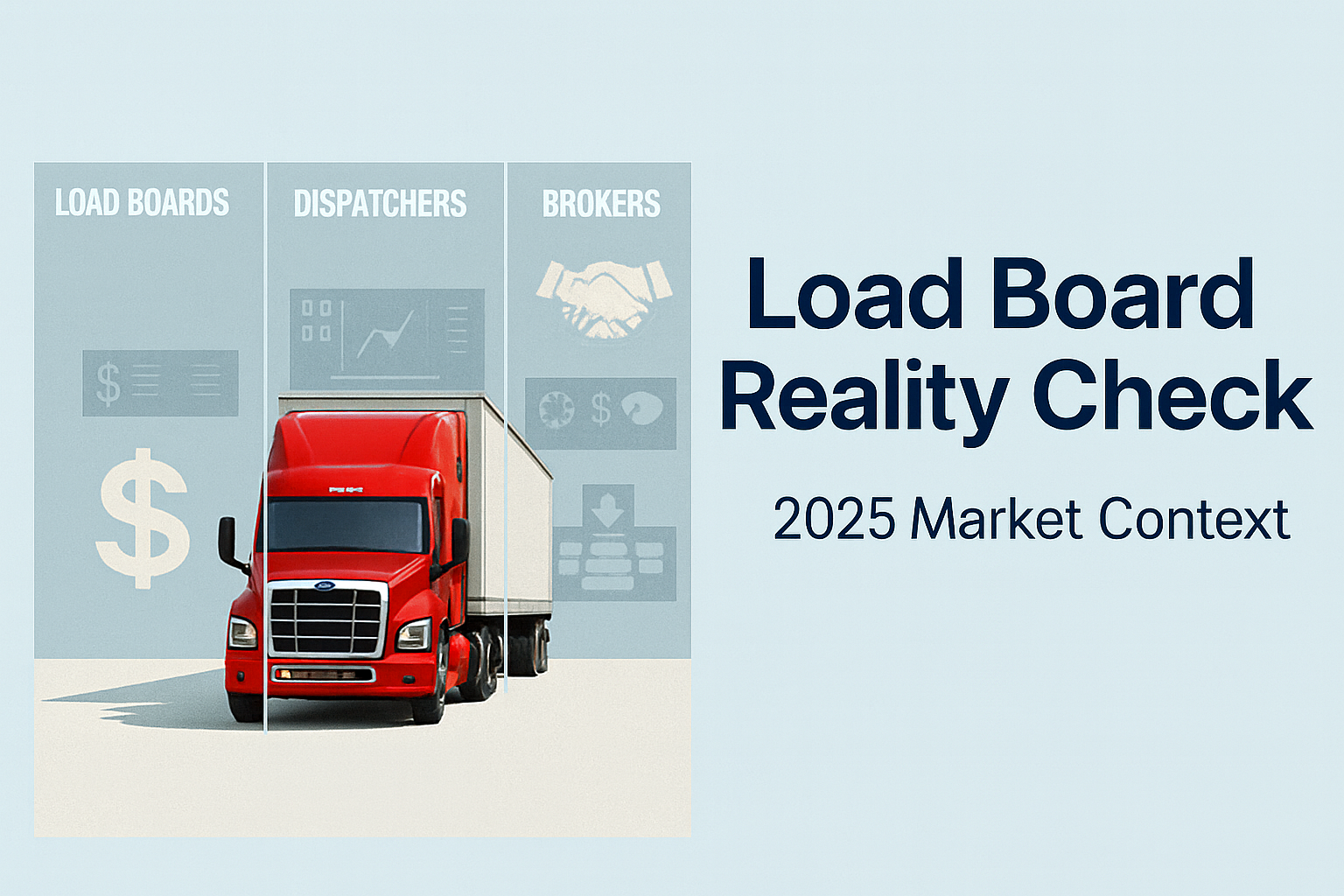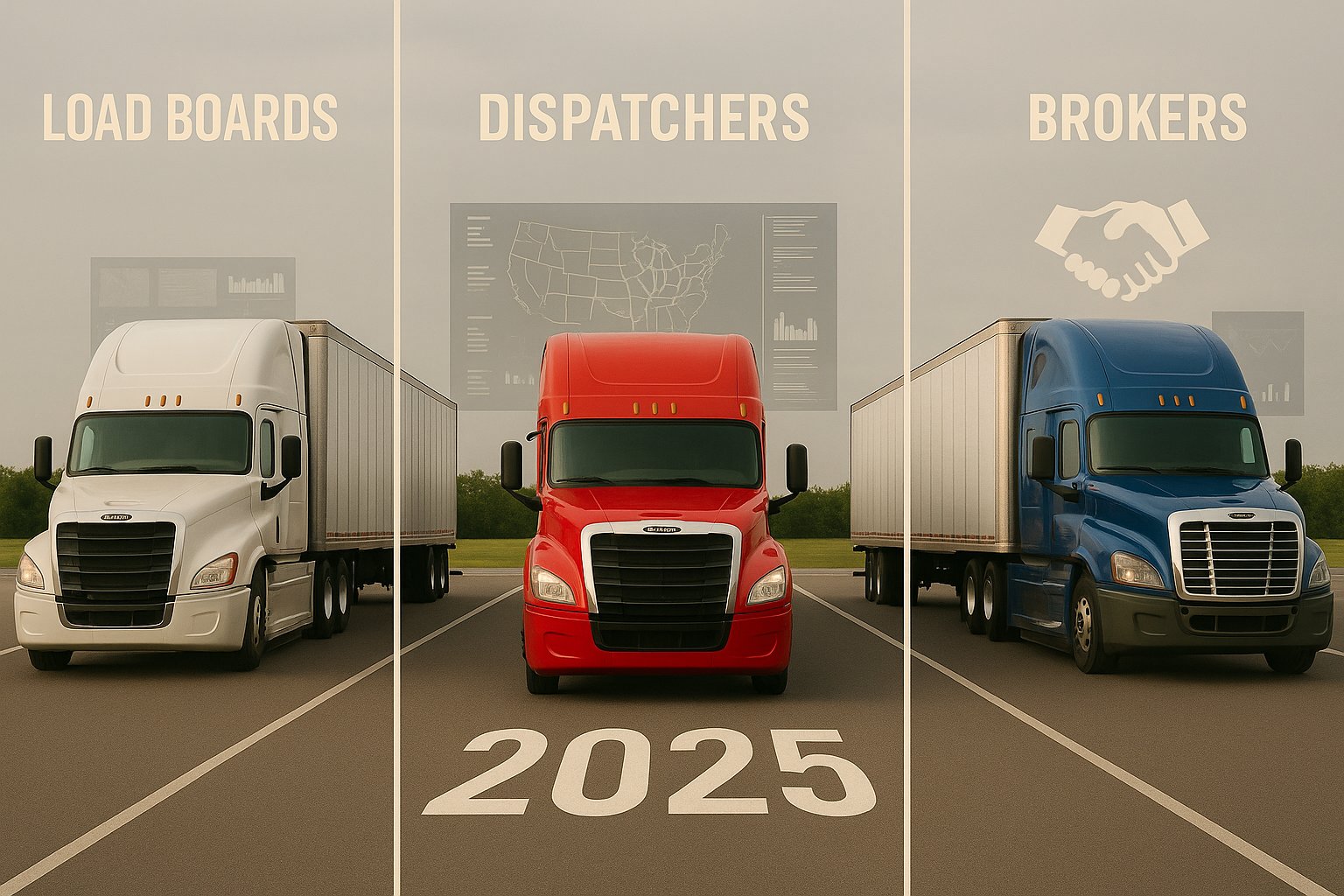
In the complex world of trucking and freight logistics, the path to independent operation is filled with regulatory requirements, compliance hurdles, and hefty startup costs. For many new drivers, owner-operators, or small fleets, obtaining their own Motor Carrier (MC) authority — a legal requirement to operate as a carrier in interstate commerce — can be overwhelming. That’s where leasing onto an existing carrier’s MC authority becomes an appealing and accessible alternative.
But while leasing onto a carrier’s authority might seem like a simple shortcut to get on the road faster, the truth is more nuanced. Beneath the surface lies a mix of benefits, responsibilities, legal agreements, and sometimes, misconceptions.
Let’s disclose the untold truth about leasing onto an MC — what it really means, how it works, and what you need to know before signing on.
What Does It Mean to Lease Onto an MC?
When a driver or an owner-operator “leases onto” a carrier, they are entering into an agreement to operate under that carrier’s MC authority rather than obtaining their own. This is typically done through an owner-operator lease agreement, which outlines the legal and operational relationship between the independent driver (or owner-operator) and the motor carrier.
The carrier is responsible for providing operating authority, insurance coverage (typically including liability and cargo), and often access to freight through dispatch services or broker relationships. In return, the leased-on driver provides the truck, labor, and sometimes maintenance and fuel, depending on the contract terms.
It’s important to understand that in this relationship:
- The carrier holds the MC authority.
- The driver or owner-operator works under that authority.
- The arrangement is governed by federal regulations, particularly those enforced by the Federal Motor Carrier Safety Administration (FMCSA).
Who Typically Leases Onto a Carrier?
Leasing onto an MC is most common among:
- Owner-operators who don’t want to start their own trucking companies due to the lack of money, knowledge, time, etc.
- Carriers with a fresh MC number who are unsatisfied with low prices and often get refusals of cooperation from brokers.
- Businessmen who want to invest in the trucking industry and delegate all administrative processes to a company that provides comprehensive services, such as providing trucking, handling the registration work, and hiring drivers.
For many, this path offers a lower barrier to entry into the industry, especially when cash flow is tight or administrative experience is limited.
The Benefits of Leasing Onboarding with a Leasing Company
1. Lower upfront costs
Obtaining your own authority requires filing with the FMCSA, acquiring insurance, setting up compliance systems, paying UCR fees, and more. These costs can run into thousands of dollars. Partnering with a carrier can dramatically reduce startup costs by allowing drivers to piggyback on the carrier’s existing infrastructure.
2. No burdensome work
Onboarding with a trucking company frees you from undergoing sophisticated bureaucratic procedures, instead confining your burden to a simple verification process comprising a few simple steps. At the end of the straightforward and undemanding process of hiring with a carrier comes the longed-for opportunity to work using someone else’s MC number, no strings attached!
3. Simplified compliance
DOT audits, drug and alcohol testing programs, Hours of Service (HOS) tracking, IFTA reporting, and other regulatory requirements fall on the carrier — not the leased-on driver. This removes a significant burden, especially for those unfamiliar with federal compliance.
4. Access to freight
Established carriers often have broker relationships, direct shipper contracts, and access to load boards. This can help leased-on drivers get steady freight without the legwork of building their own customer base.
5. Insurance coverage
Carriers typically provide primary liability and cargo insurance, which can be expensive or difficult to obtain independently. However, drivers may still need bobtail, physical damage, or occupational accident insurance separately.
The Responsibilities You Still Carry
While leasing onto a carrier offloads some duties, it doesn’t eliminate your responsibilities as an independent business entity.
1. Equipment ownership and maintenance
You still own (or lease) your truck, and you’re responsible for maintaining it. Even though you operate under someone else’s authority, the cost and upkeep of your equipment are on you.
2. Fuel and operating expenses
Unless otherwise negotiated, leased-on drivers typically pay for their own fuel, tolls, permits, maintenance, and other daily expenses.
3. Review and understand all charge-back terms
When leasing onto a carrier, it’s crucial to carefully review how deductions — for fines, penalties, permits, insurance, or other expenses — are handled. Lease agreements must clearly specify if the carrier deducts the costs from your compensation (known as “charge-backs”), and how those amounts are calculated. Being well-informed about these terms helps avoid surprises in your settlement statements and ensures fair treatment.
Understanding the Lease Agreement
The lease agreement is the legal foundation of your relationship with the carrier. FMCSA regulations under 49 CFR Part 376 lay out specific requirements that must be included in any valid lease. At a minimum, your agreement should clearly define:
- Duration of the lease
- Responsibilities for loading, unloading, and freight charges
- Payment terms and settlement schedule
- Equipment ownership and maintenance expectations
- Insurance coverage and liability
- Termination clauses and dispute resolution mechanisms
Always review the lease carefully — preferably with a transportation attorney — before signing. Unfair or vague terms can lead to disputes, withheld pay, or even involuntary termination of the agreement.
Risks and Common Pitfalls
1. Misclassification and lack of protections
Because you’re not an employee, you don’t get benefits like workers’ comp, health insurance, or unemployment. In some cases, carriers may misclassify drivers to avoid liability, which can result in legal issues.
2. Disputes over pay
Some carriers charge deductions or fees that aren’t clearly explained up front. Fuel advances, insurance costs, or escrow deductions can cut deeply into your earnings if not clearly laid out in the lease.
3. Limited control
When you lease onto a carrier, you give up a level of autonomy. You may be required to use their dispatch, run certain lanes, or follow specific schedules — conditions that might not align with your business goals.
Should You Lease On or Get Your Own Authority?
This decision comes down to your goals, risk tolerance, and business experience.
Leasing onto a carrier may be the right move if:
- You’re new to the industry
- You want to avoid administrative headaches
- You prefer to focus on driving rather than managing a business
Getting your own MC authority makes more sense if:
- You want full control of your business
- You’re ready to build direct customer relationships
- You’re financially prepared for startup and compliance costs
Some owner-operators lease onto a carrier temporarily to learn the ropes, build capital, and then transition to running under their own authority.
In a Wrap
Leasing onto a motor carrier is not just a workaround for avoiding red tape — it’s a legitimate business decision with real benefits and real trade-offs. It can offer a streamlined path to income for new or independent drivers, but it must be entered with eyes wide open.
The untold truth is that while leasing onto an MC may simplify some parts of your journey, it also comes with obligations, risks, and limits on your independence. Ultimately, the success of this path depends not just on the carrier you choose, but on your understanding of your role, your contract, and your long-term goals in the industry.
Whether you’re just getting started or thinking about transitioning to full authority, make sure your decisions are grounded in clear facts — not assumptions.






